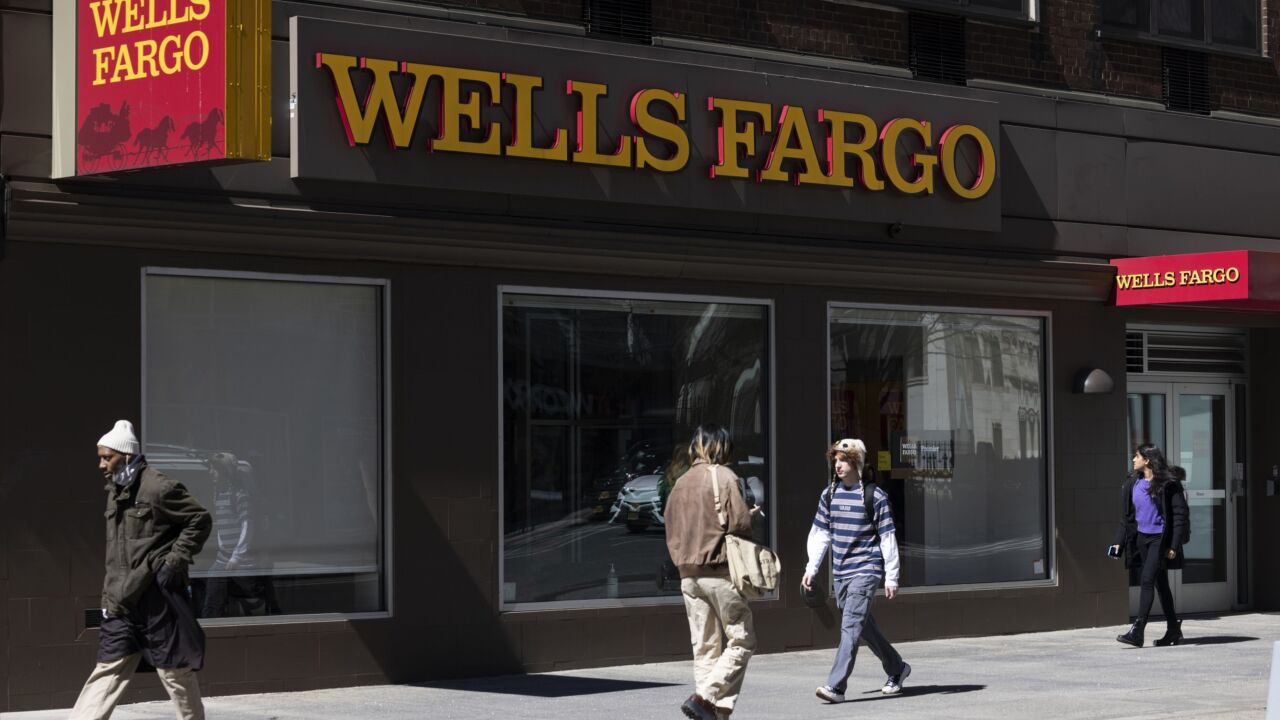-
The ease with which Congress was able to take money from the Federal Reserve to pay for a highway transportation bill by slashing the dividend the central bank pays large banks is likely to encourage lawmakers to take another dip into the Fed's books next year.
December 22 -
The sweeping, five-year highway bill may include some key concessions for small financial institutions, but the deal has left many in the industry frustrated. Here's why.
December 2 -
WASHINGTON Community banks are poised to score a big win after details about negotiations over a major highway spending bill emerged Tuesday.
December 1
In her visit to Capitol Hill last week, Federal Reserve Board Chair Janet Yellen reported that the Fed remitted $117 billion in 2015 to the U.S. government. What she did not mention in her testimony was that $19.3 billion of that total represented a one-time handover of most of the Fed's accumulated surplus or capital. The remaining $97.7 billion represented the Fed's net income for the year.
This $19.3 billion raid on the capital base of the nation's central bank was accomplished by the insertion of a little-noticed provision in last year's
This action made the Federal Reserve banks some of the least well-capitalized financial institutions in the country. Given the size of the Federal Reserve System's balance sheet of $4.5 trillion, a cap on the surplus account of only $10 billion amounts to a paltry 0.2% of the Fed's total balance sheet. Even if one adds the $30 billion of paid-in capital owned by the member banks, the total capital stock of the entire Federal Reserve System is now less than $40 billion – still less than 1% of the Fed's balance sheet. No private bank would be allowed to continue in business with such meager capital reserves.
Two potential issues are likely further to tax the capital resources of the Fed in the near future. For one, as Yellen told members of both the
Second, as interest rates rise in future years, the market value of the Fed's $4.2 trillion portfolio of securities will decrease. This potential loss in market value could amount to many billions of dollars. Undoubtedly, the Fed will avoid marking its portfolio to true market values, thereby keeping the true capital loss problem hidden from the public. Otherwise, that enormous loss in book value would totally wipe out the Fed's meager $10 billion capital base.
The Federal Reserve System was set up as an independent central bank over 100 years ago. That independence is being tested severely as the federal government uses the Fed now as its own cash cow. Stripping the Fed of most of its capital base has made the most important central bank in the world – and the backbone of the U.S. financial system – one of the least well-capitalized financial institutions in the nation.
Robert Heller is a former governor on the Federal Reserve Board and a former president of Visa. He is the author of





